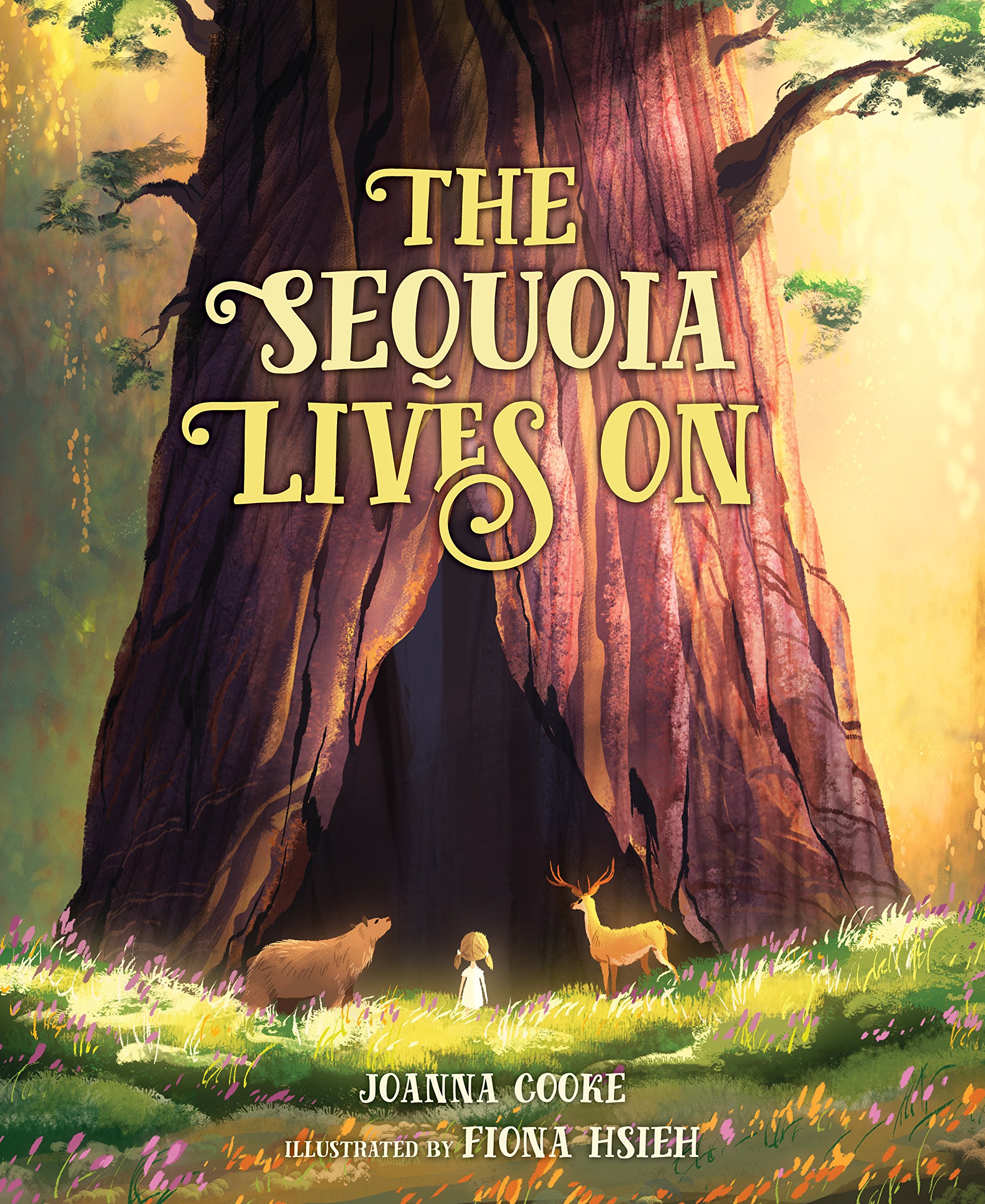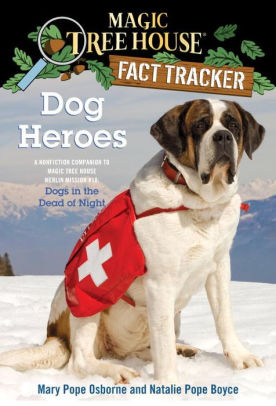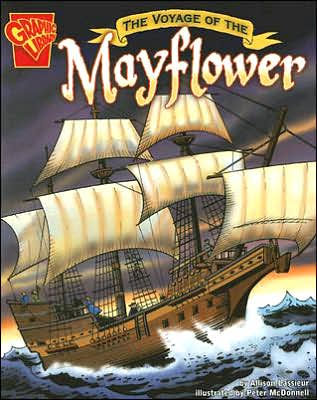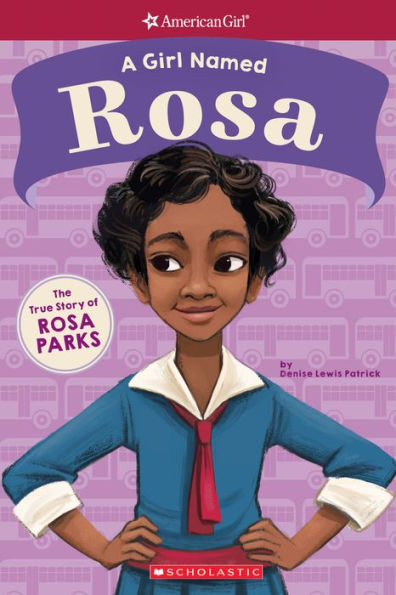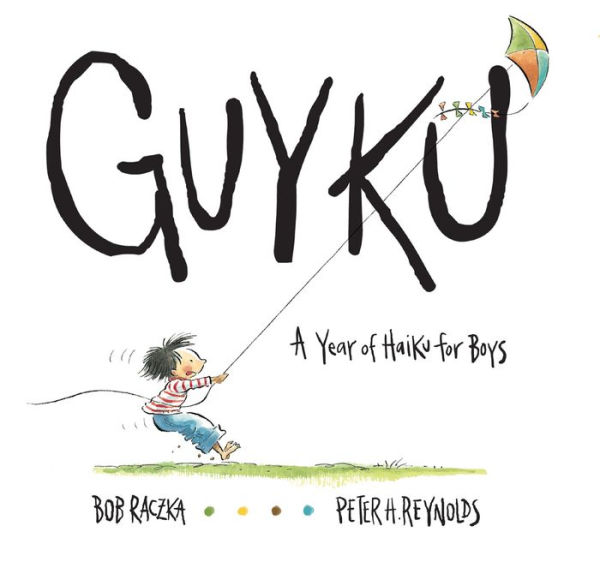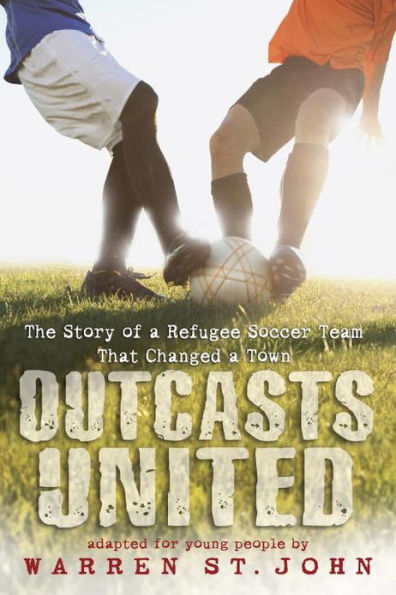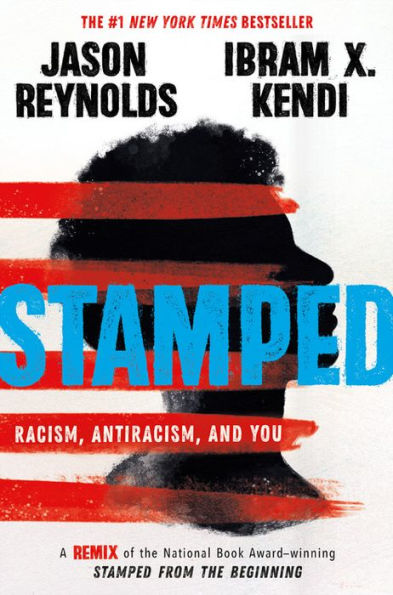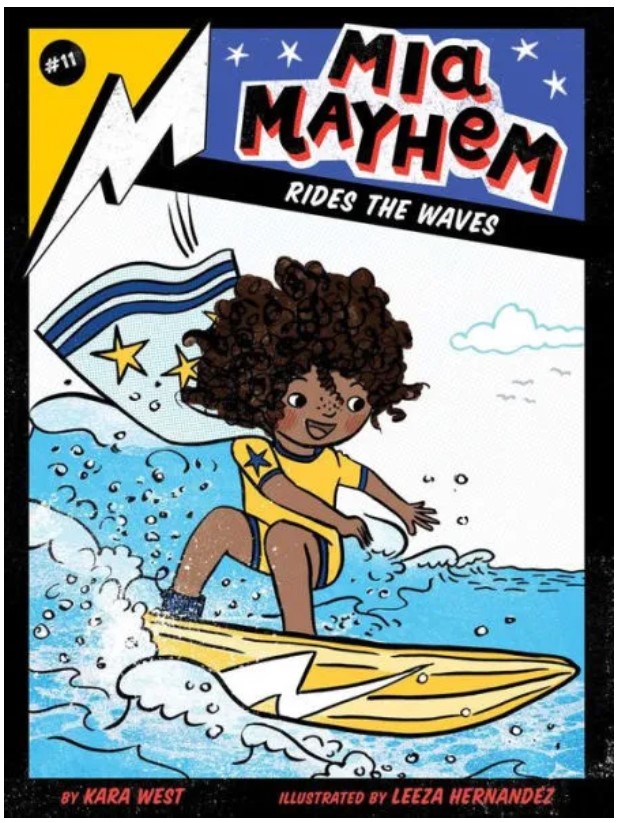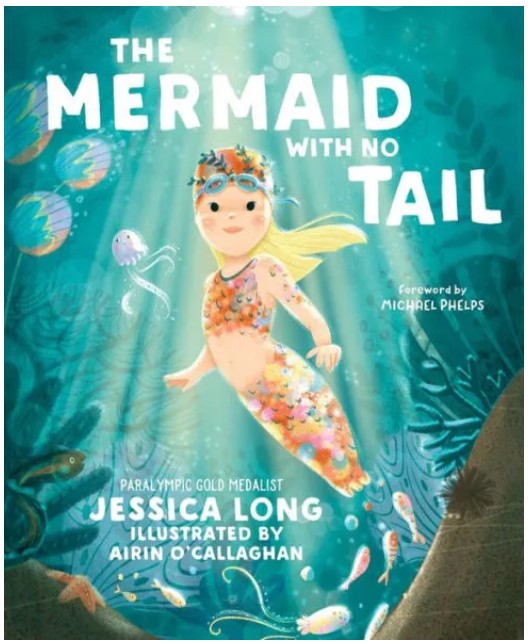From tiny seeds to the largest trees, the giant sequoia is a living wonder of nature. Numbers fail when trying to describe this ancient and tremendous tree. The giant sequoia begins life as a seed no larger than an oatmeal flake yet can grow as tall as three blue whales stacked chin to tail. The oldest sequoias have lived as long as forty human lifetimes. The largest are so enormous that twenty children holding hands can’t wrap their arms around their trunks!
The sequoia’s majesty is shown with vibrant full-page illustrations while the text explains the tree’s size in kid-friendly terms. For example, a sequoia’s seed is “a flake no bigger than an ant” but the tiny seeds will eventually be “a tree as heavy as three hundred elephants.” The sequoia’s great size is emphasized, and the illustrations show a diverse group of children admiring the trees. The Sequoia Lives On is a picture book intended to be read aloud to a child the first time. Even though each two-page spread only has 1 to 5 sentences, young readers will struggle with the complex sentence structure and difficult vocabulary.
The Sequoia Lives On teaches readers about the life cycle of a sequoia. The book pairs sequoia facts with beautiful pictures. To give readers perspective, the illustrations compare the trees’ size to the forest animals. While no book can fully explain the majesty of the giant sequoias, The Sequoia Lives On does an excellent job explaining how the sequoia is important to other living creatures including chickarees and the long-horned beetle.
Young readers curious about trees will enjoy The Sequoia Lives On. While some of the text may be confusing to young readers, the illustrations beautifully show the information given in the text. Children will be amazed as they learn about the giant trees. If you are planning a trip to see the sequoias, The Sequoia Lives On is a must-read. However, young readers who aren’t interested in trees may quickly become bored. The Sequoia Lives On will educate readers as well as inspire awe, but younger reads will need an adult’s help to get through to the end of the book.
Sexual Content
- None
Violence
- None
Drugs and Alcohol
- None
Language
- None
Supernatural
- None
Spiritual Content
- None
